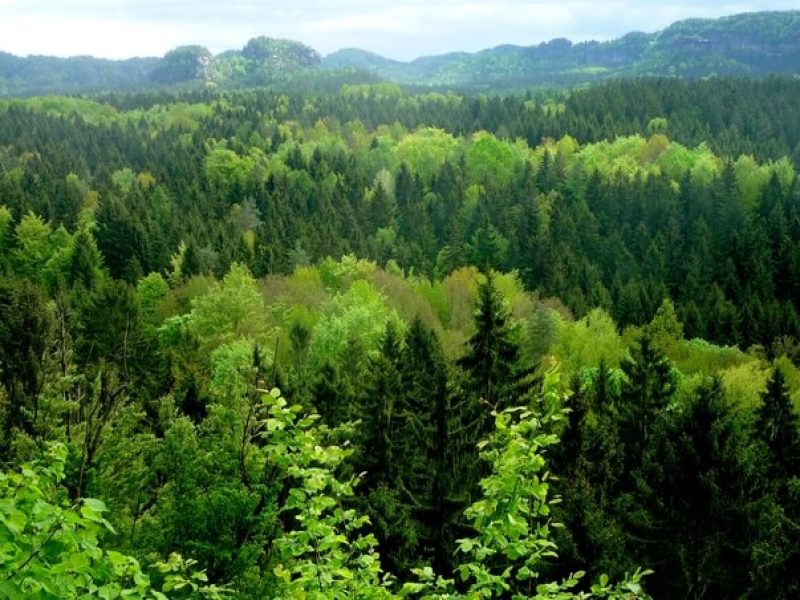The European forestry industry is considered one of the biggest and most extensive in the world, generating an annual gross value of around $187 billion and employing over 3.5 million people across the continent.
European forestry is also poised for a major growth spurt thanks to the increasingly widespread shift towards more sustainable construction materials and the use of sawmill residue as biomass in a bid to replace fossil fuels towards the end of the decade.
However, numerous factors are driving up the prices of European lumber products throughout the globe but are leading to measly returns on investment. This is primarily due to the antiquated resource base structure currently in place in Europe.
The continent’s forests are largely fragmented: 60% of them are under private ownership, which means Europe only accounts for around 1% of institutional ownership compared to the United States which holds 69% of the world’s forest assets.
Likewise, private forest owners are growing older, meaning that afforestation and woodflow rates from mature forests cannot keep up with the demand. Also, much of Europe’s land is being given over to agriculture as opposed to forestry. The undermanagement of forests throughout Europe, particularly in northwestern Spain and northern Portugal, can lead to extensive fire risks which may pose a threat on both economic and environmental levels.
This begs the question as to who should be owning and managing Europe’s forests for the future. One school of thought believes that specialist forest investment managers can help, essentially channeling capital into an aggregation of smaller properties and into institutional forestry portfolios throughout the region. This is expected to lead to new opportunities for those investing in timberland and forestry assets, investing billions of dollars in institutional capital into the improvement of forest conditions for the next several years.
In some cases, these investors may abandon the environmentally-damaging practice of clearfelling in their timberland assets and go instead for continuous cover forestry (CCF). If done properly, CCF is a highly profitable alternative to clearfelling as it produces more wood of substantially better quality, allows for stronger cash flows early one, reducing the overall cost of harvesting and extensive replanting.
Because it allows for the retention of a greater area of permanent forest cover, CCF practices enable forests to sequester more carbon than those managed under more conventional methods. Soil carbon stores can accumulate over time, unimpeded by any disturbances as in the case of clearfall events, and more carbon gets locked up in construction timber of a higher quality and value. CCF is also considered a weapon in the forestry sector’s fight against climate change as it builds forest resilience against pests, diseases, wildfires, and damage caused by increasingly violent storms.







